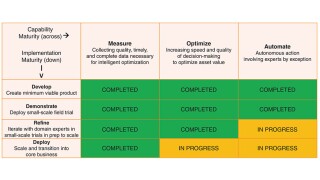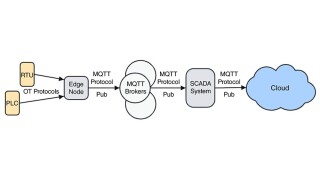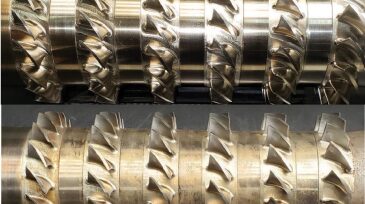Artificial lift
The accelerating deployment of machine learning and automation is changing the artificial lift landscape. By embedding intelligence into the control loop, operators now can move from reactive decision-making to proactive, continuous optimization.
This paper presents a case study highlighting the demonstration, refinement, and implementation of a machine-learning algorithm to optimize multiple electrical-submersible-pump wells in the Permian Basin.
This paper presents a closed-loop iterative well-by-well gas lift optimization workflow deployed to more than 1,300 operator wells in the Permian Basin.
-
An artificial-lift concept consisting of an in-well ESP as the primary method and a mudline system as backup has proved effective in an unltradeepwater heavy-oil field.
-
A plunger lift optimization software has been developed that enables set-point optimization at scale.
-
A novel PCP configuration was developed from phased design trials and experience in cold heavy-oil production with sand (CHOPS) wells. This configuration uses a modified rotor to create alternating sections of contact and noncontact within a conventional stator.
-
With the acquisition of Schlumberger’s rod lift business, Lufkin gains several products, brands, and key proprietary software.
-
Wellbore tortuosity is a term that has steadily increased in relevance to the oil and gas industry over the past decade, but its importance is especially clear in the current environment.
-
To have the flexibility to treat both rich and lean gas wells [up to 100% gas volume fraction (GVF)], a new multiphase pump system has been developed by comparing the different boosting systems performance and analyzing well-by-well production scenarios.
-
Each year at the SPE Artificial Lift Conference and Exhibition, energy professionals convene to connect, grow, and learn—and also to laud outstanding innovators in their field.
-
This paper describes a coiled tubing gas lift (CTGL) technique successfully used to restart production from two pilot wells in a mature field in Pakistan that had been shut in since 2015.
-
An AI-based application enabled operators to preempt ESP failures while optimizing production.
-
A downhole compressor solution based on advanced magnetic technologies completed its first field trials in an unconventional gas well. It resulted in a 62% increase in gas production and significant increase in liquid production compared to using a rod pump previously in the well













